In earlier articles, I introduced how to use individuality. Today, I will add more explanation with an example of Kitsuki City, to which I migrated last month.
How to rebuild our lives
Sometimes, we want to rebuild our lives, especially when cornered. We know our resources will be exhausted if we continue this situation, but we don’t know how to break through.
People often say, ‘Let go of unnecessary things and cherish important things for you.’ That is one way.
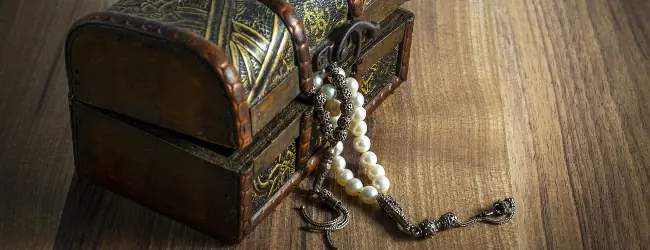
However, we sometimes don’t know what to treasure and throw away. That stagnates us.
Today, I will introduce a way to distinguish them. Once we let go of things we have worked hard to create, the innate treasure remains. Today, I will explain it.
How to distinguish what to cherish and let go of
Finding things we have worked hard to create could allow us to distinguish what to cherish and what to let go of. We don’t have to stick to things that we have acquired. That often gives a new perspective to break through.
Perhaps an example makes it easier to understand, so let me introduce the case of Kitsuki City, to which I migrated last month. If we look at it objectively, we can soon understand what to do.
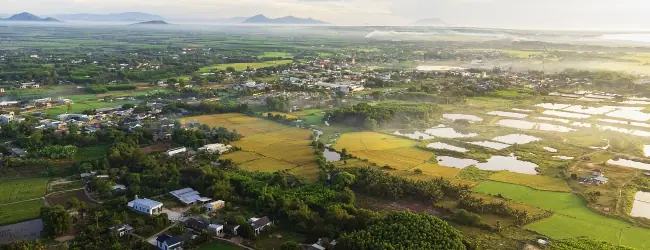
I moved to the countryside city, Kitsuki City, Oita Prefecture, Japan, last month. While Oita Prefecture has succeeded in making the most of its uniqueness, Kitsuki City has continued to fail and stagnate, as I explained in an earlier post (this article).
An example of Kitsuki City
In my opinion, the inferiority complex of Kitsuki City caused it. Although this city has many great individual products, it has ignored them and pretended to be Kyoto City, which is the most famous city for tourism in this country.
It is miserable for a weak city like Kitsuki to behave like the strongest, like Kyoto.
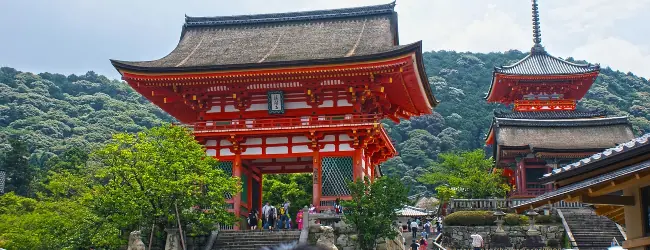
In addition, the cityscape they created was not for tourism. This is because Kitsuki has not shown any unique culture.
On the outside, it looks beautiful. When I first saw the street view on Google Maps, the beauty of the street surprised me. Look at this beautiful scenery! (outside link: The street view of Kitsuki on Google Maps) At first, I was amazed by this beauty.
Disappointment that there is only appearance
However, I was disappointed when I migrated to this city and visited this place for address registration. That was only an appearance. There was no culture.
If we are travelers, we want to taste the uniqueness of the place. It includes culture. Tourists want to know and experience how people in this area live and enjoy. Knowing such diversity broadens the scope of our lives.
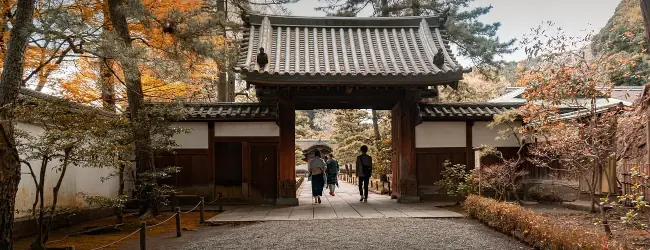
However, in this area, there were only beautiful buildings. There was no culture to learn or imagine. If it removes its appearance, almost nothing will remain. The only thing we can do is take some photos.
When I visited this street, there were almost no people but several couples of tourists. This is the main attraction for tourism that this city has promoted. I was surprised at the uncomfortable, unnatural quiet. It was like a ghost town.
The culture of the Oyster Road
On the other hand, the bay area with many oyster restaurants called the ‘Oyster Road’ was the opposite. They were crowded by customers, even though it was 2 pm, a little late time for lunch.
Most of the customers were locals. In Japan, the region of the car to which prefecture it belongs is marked on its license plate. That enables us to determine the origin area of the cars. That told me only local people enjoyed those restaurants.
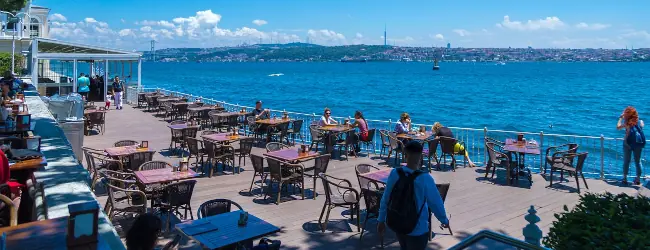
Those restaurants are highly rated, although I have not eaten there yet. This Oyster Road is an example of the city’s nice individuality. The bay area has oyster farming, so they provide the local oysters with unique ingredients.
In addition, even though it is the largest oyster farm in the prefecture, it is still so popular that it has to import oysters from outside areas.
We can soon understand it is one good culture. In this area, people are enjoying oysters. We cannot eat them outside this city. That makes us want to experience them. This is individuality.
Why they cannot give up losses
However, the city cannot make them the main attraction for tourists because they yearn to be like Kyoto.
In addition, they cannot change their direction because they have worked hard to create the appearances. They spend a lot of money to create the street decades while they put up with other things. They built a great 4-story castle, developed a harmonious Japanese-style appearance, and created an elegant street.
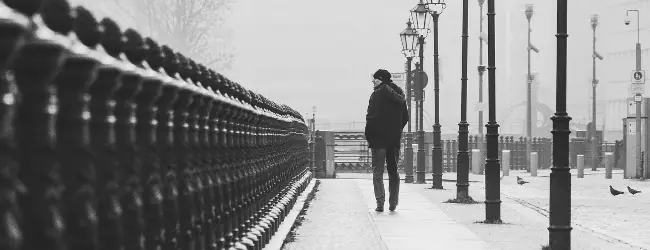
We cannot easily throw away as much as what we have suffered and worked hard to create in the past.
That is why the city keeps promoting the street, even though it obviously failed. In other words, they can neither cut the past losses nor admit their wasted effort.
The lesson Kitsuki City teaches us
This city teaches us a lesson. If we want to rebuild our lives, we have to let go of things we have worked hard to create, no matter how painful it is to admit it was a waste of effort.
We have to cut the loss once and for all. Although we often consider if we can use it for something else, that stops our change. We have to let go of it conclusively.
After that, the innate treasure remains. In other words, those things we created painfully are acquired, not innate. By using innate natures, like the Oyster Road, we can show our talents.
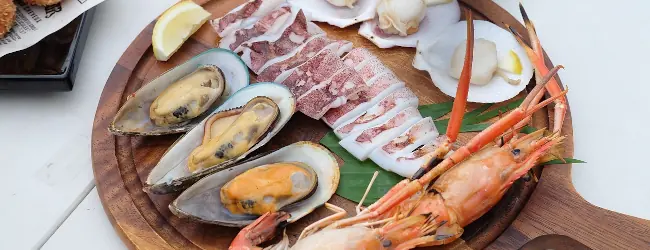
Some might fear nothing will remain if we throw away our past efforts, but it is just that we are not focusing on our own uniqueness. We surely have and know them if we cannot live the same way as our surroundings.
It is the same as Kitsuki City. They just yearn for Kyoto. That makes them believe other things are worthless, like the Oyster Road, an award-winning Japanese sake, or an original tea brand.
Conclusion
That is a way to distinguish what to treasure and throw away.
Once we let go of things we have worked hard to create, the innate treasure remains. We know them. That is individuality.
This perspective might allow us to let go of unnecessary things and cherish important things.
Thank you for reading this article. I hope to see you in the next one.


